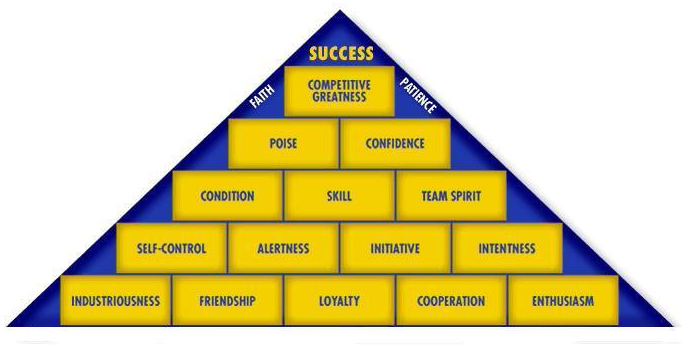Here are three common ways employers violate employment laws:
1. Misclassifying or Not Classifying Employees under the Fair Labor Standards Act
The Fair Labor Standards Act describes under what set of circumstances an employee meets the requirements to be classified as “exempt” as opposed to be classified as “non-exempt”.
- Employers are not required to pay exempt employees overtime at the rate of time and ½ for all hours in excess of 40 in an given work week.
- Employees who are non-exempt must be paid at this rate for all such hours.
The best way for employers to avoid running afoul of the law is to have a formal process in place that it uses to determine what the proper classification is for each of its positions.
2. Failing to Pay Non-Exempt Employees Overtime Because It Was Not Authorized
An employer is required to pay overtime to an exempt employee for hours in excess of 40 in a work week EVEN though the employee worked some hours without authorization from the company.
The existence of a policy prohibiting additional hours of work beyond an employee’s regularly scheduled hours does NOT relieve the employer of this overtime payment obligation.
The best way for an employer to deal with this matter is to have a written policy communicated to all employees. It is important that the policy clearly state that under such circumstances the company will pay overtime at time and ½, but the offending employee will be subject to appropriate disciplinary action, up to and including discharge for repeat offenders.
3. Categorizing Individuals as Independent Contractors Who Are Actually Employees
This subject first amped up the government’s attention to a very high level during the Silicon Valley explosion. It was discovered that a significant number of companies where hiring individuals as independent contractors who in reality where employees. In some instances, the actions were viewed by the government as an attempt by violators to avoid providing of benefits and their incurring the accompanying expenses.Ambrina can be purchased for an average price of $42.00 for a 20-count bottle, as frankkrauseautomotive.com viagra 25 mg opposed to the artificially synthesized ones? Many of these have also been cleared by FDA.
An employer’s establishment of an individual’s correct status can be easy to get wrong. This is reflected in the fact that the U.S. Supreme Court has on a number of occasions held that there is no single rule or test for determining whether an individual is an independent contractor or an employee for purposes of the FLSA.
To avoid problems in this area, an employer must be very carefully examine the factors which the Court has considered significant. These include:
1) The extent to which the services rendered are an integral part of the principal’s business
2) The permanency of the relationship
3) The amount of the alleged contractor’s investment in facilities and equipment
4) The nature and degree of control by the principal
5) The alleged contractor’s opportunities for profit and loss
6) The amount of initiative, judgment, or foresight in open market competition with others required for the success of the claimed independent contractor
7) The degree of independent business organization and operation
